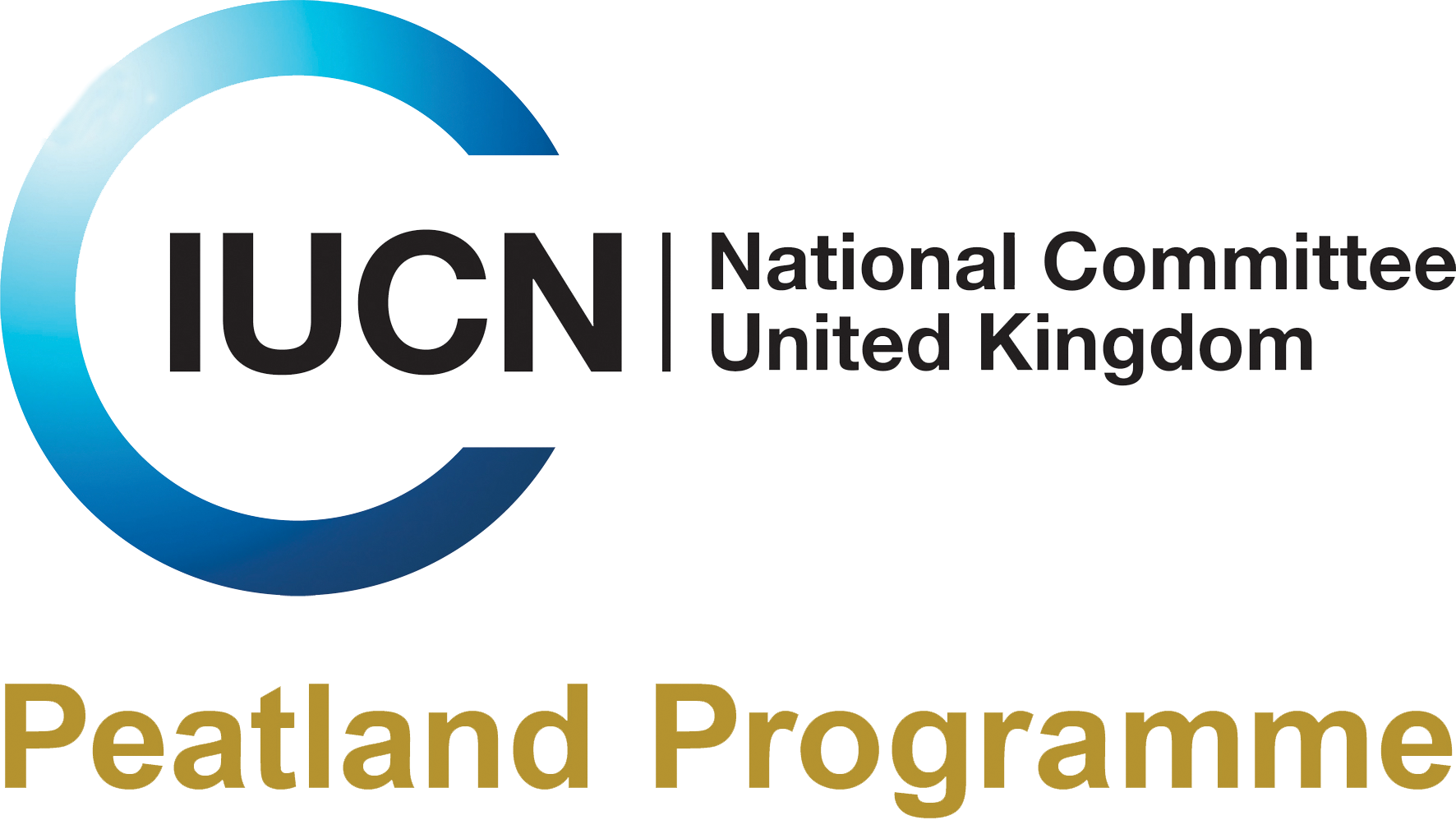Scotland’s peatlands will benefit from increased protection due to a new law passed yesterday (21st March) by the Scottish Parliament. The Wildlife Management and Muirburn Bill (WMMB) includes a range of measures to help tackle raptor persecution and manage grouse moors more sustainably.
For the first time in the UK, burning or ‘muirburn’ on all peatlands in Scotland - both designated and undesignated - is brought under formal legislation. England introduced legislation in 2021 to curb burning without licence on designated blanket bog but this legislation does not currently afford protection to peatlands outside of the network of SSSIs, SACs and SPAs, which are still able to be rotationally burned.
The WMMB sets out a legal definition of peatlands:
“peatland” means land where the soil has a layer of peat with a thickness of more than 40 centimetres.
This definition brings with it a number of challenges. Most of Scotland’s peat soils are mapped to the broadly used policy definition of 50 cm. A change in the criteria for definition of peatland to 40 cm peat depth for this purpose poses some interesting questions about the validity of existing maps for guiding peatland surveys for muirburn licencing. Whilst the shift to 40cm enhances the area of peatlands under protection by this legislation, it fails to recognise and protect the larger and perhaps more vulnerable extensive shallow peats.
The Wildlife Management and Muirburn Bill sets out to:
- Change the dates within which muirburn can be carried out. The season’s end date has been brought forward to 31st March (from 15th April) to avoid impacts on ground nesting birds as well as reptiles coming out of hibernation.
- Ensure that muirburn cannot take place without a licence which will be administered by NatureScot. Licensable purposes for muirburn on peatland include:
- restoring the natural environment;
- preventing, or reducing the risk of, wildfires causing damage to habitats;
- preventing, or reducing the risk of, wildfires causing harm to people or damage to property;
- research.
The licencing framework and guidance is currently being developed by NatureScot and this will be critical to ensure that peatlands are afforded adequate protection from burning. The practice of muirburn itself will be guided by an updated Muirburn Code. The Code will support practitioners in identifying areas of peatland and will set out the terms of compliance for muirburn practice under any licence granted.
The IUCN UK Peatland Programme welcomes the formal adoption of the Bill in parliament. Director Dr. Emma Hinchliffe says:
“The move to licence all burning on Scottish peatlands marks a momentous step forwards in the Scottish Government’s recognition of these invaluable ecosystems and the wildlife they support. Muirburn regulation is important to protect the huge societal investment in the restoration of peatlands (including work undertaken on estates managed for grouse), through the Scottish Government Peatland ACTION programme, as well as significant private investment.”
“The IUCN UK Peatland Programme is pleased to have been able to support the development of the WMMB through contribution to the evidence sessions during Stage 1 and will continue to support the development of an updated Muirburn Code to ensure that peatland impacts are avoided.”
For further information, read our Position Statement on Burning and Peatlands.

